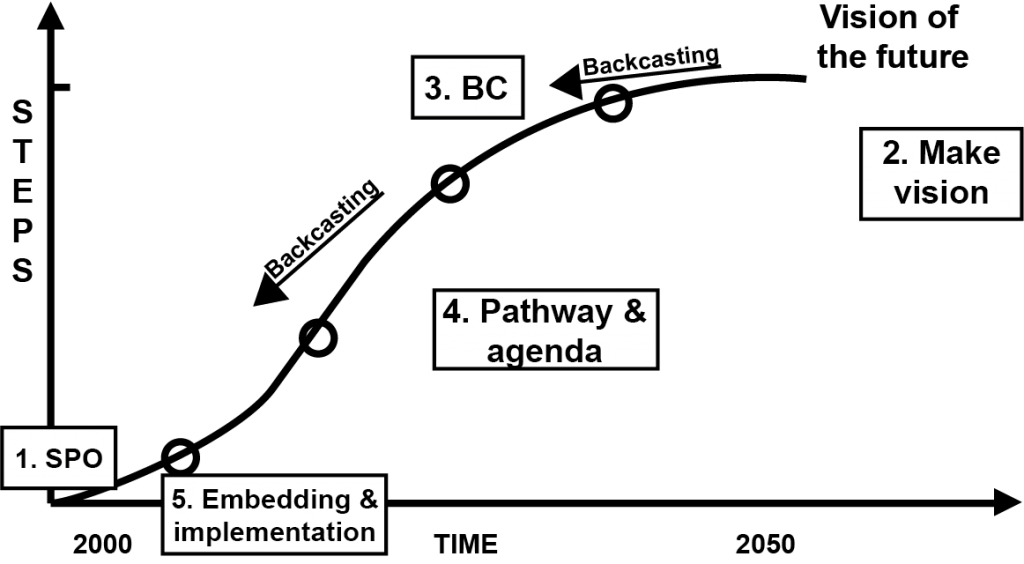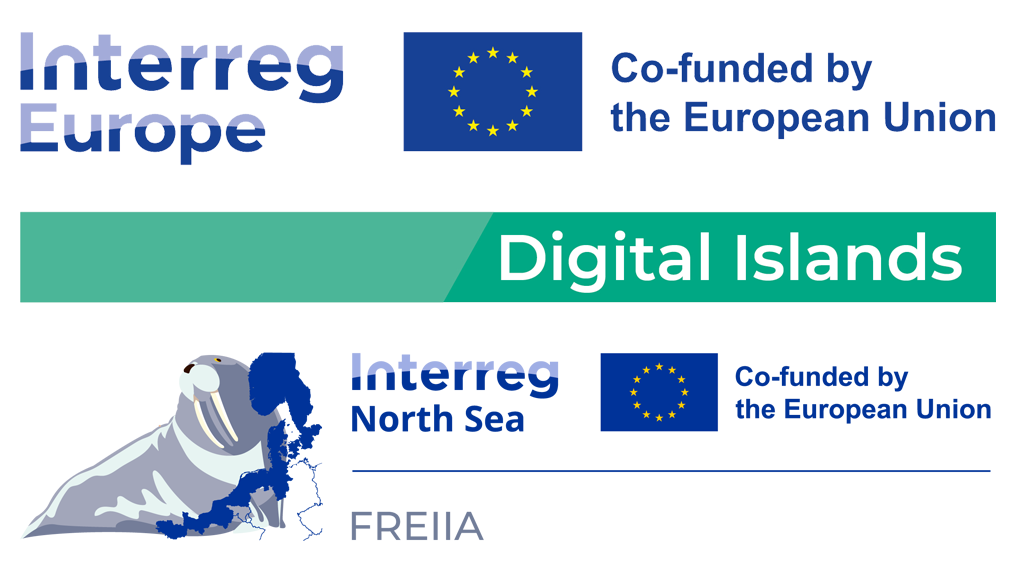According to Idil Gaziulusoy and Chris Ryan, islands and cities canmutually benefit from each other’s experiences.
Chris Ryan cited:
- A new focus on cities in global action on climate change reflectstheir role:
- in economic development (from production, innovation and services);
- as engines of greenhouse gas emissions (both from consumption and production);
- as potent agents of change (an emerging politicalforce), reflecting rapid urbanization, where over 68%of global population is projected to live in cities by 2050;
- as shapers of cultural allegiance and belonging (with successful cities generating a potent sense of social identity);
- as generators of creativity and innovation (related to the density and diversity of social interaction).
Cities are also increasingly vulnerable to climate change impacts, both chronic (progressive shifts in weather patterns) and acute (extreme weather events).
Carbon disentanglement and building resilience, becomes a truly transformational challengefor a city; it requires a significantshift in its ‘metabolism’, a realignment of all its systems of provision, its established and interconnected infrastructures of life that make the city productive and habitable…energy, water, food, transport, buildings and open-space, waste disposal, information, products and services.
For every city those systems have developed in response to different resource contexts (regional eco- systems, arable land, seasonal weather, rainfall, rivers and so on), different spatial conditions, different economic histories and utilizing different technologies. Systems of provision become deeply interconnected in different ways, around different physical morphologies. Because of that interconnection, transforming the city …cannot be approached through a reductive process taking each of the systems of provisions in turn; they are not independent variables.
A living city is even more complex; its metabolism is not merely
a function of its ecological- technological-physical systems, it reflects human agency.Architectural and urban history demonstrates how profoundly economic systems, cultures, rituals, practices, aspirations, lifestyles, power structures and so on, are intermingled with the physical form of our constructed world. “Transforming these intermingled technical-physical- ecological-social-cultural systems represents an archetypically wicked problem, where an effort to solve one aspect of the problem may reveal or create others.”To tackle these wicked problems -and their ‘innovation opportunities’- Ryan et al have developed the EcoAcupuncture approach, which in principle also applies for complex problems on islands. In this approach design- led visioning leads to a number of glimpses into the future – visions of desirable, low-carbon and resilient futures.
Next, these visions are used to facilitate strategic conversations among stakeholders in order to develop 3-4 distinct future scenarios and transition pathways. However, this is not the end of the EcoAcupuncture trajectory: in the final step an action plan and specific EcoAcupuncture projects are created and implemented with the involved stakeholders in order to present a ‘taste of
the future’ via the realization of EcoAcupuncture demonstrators. According to Gaziulusoy (2019), islands should start to intensify the use of similar approaches, since they are lacking often a well elaborated future vision, based upon long-term oriented, possible and desirable low-carbon, sustainable scenarios.
Sources: Ryan C. et al, 2019 and Gaziulusoy I. 2019.
Example of strategy 5A:
Create a Challenging Vision
Local or regional governments can help formulate a challenging vision for the future, including urgencies to consider as policy priorities. For instance, many islands are by definition confronted with the consequences of climate change or face a net outflow of young island-born talents, who move to the mainland for career opportunities.
The backcasting scenario approach is an interesting methodology here: Reasoning back from a desirable future scenario to today, while step-by-step envisaging obstacles to overcome and benefits to profit fromalong the journey with the involved stakeholders (Quist, 2007; Quist, 2013). Also mentioned here should be the eco-acupuncture approach of Melbourne based Prof. Chris Ryan et al (Gaziulusoy & Ryan, 2017), using participatory design visioning for sustainable urban transitions. Undoubtedly, this is an interesting approach for sustainable island futures and innovation road mapping.
Figure 5 – Backcasting


